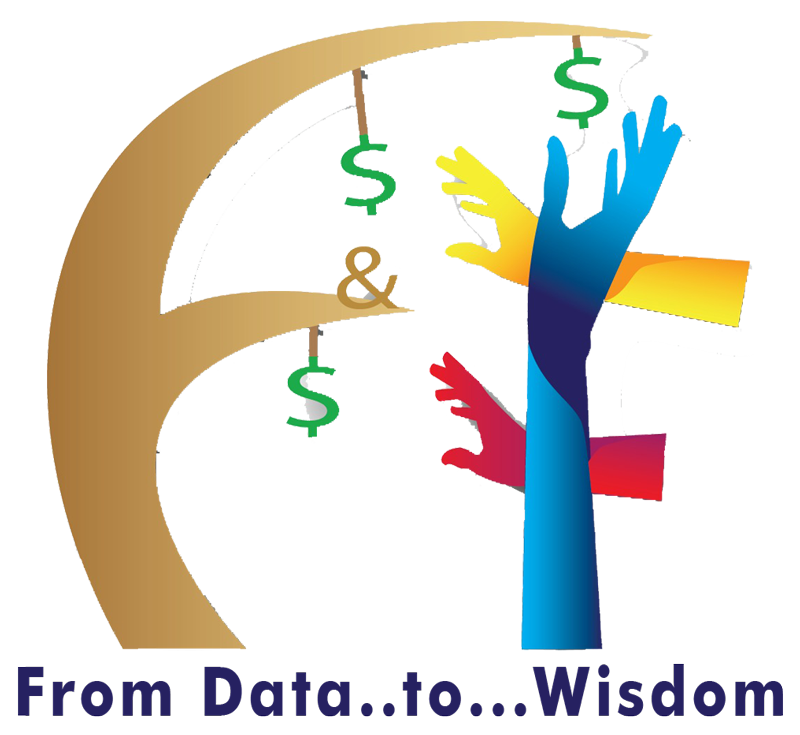Introduction:
Understanding a country’s economic condition is critical for investors seeking a profitable investment opportunity, businesses considering growth, and researchers comparing two countries. GDP, inflation, unemployment, interest rate, consumer confidence index, and other indicators are used to assess a country’s economic situation.
One such indication is the stock market. In this blog, we will explore the stock market’s dependability, or lack thereof, in determining a country’s economic health.
Why is the stock market considered an indicator?
The stock market is often looked at as a reflection of a country’s business outlook. Common sense says if the businesses grow, the economy grows plus GDP includes the output and the earnings from these businesses. But is it really that simple? Unfortunately no.
Let us take BSE Sensex for an example, Sensex is a stock index of the Bombay Stock Exchange and includes the 30 largest and most financially sound companies. These prestigious companies are selected based on their free float market capitalisation, liquidity, and sectoral representation and together in an index are said to reflect the market’s sentiment. But is that the case?
The Sensex is a free-float market capitalization-weighted index, meaning it’s based on the entire market value of a company’s tradable shares. So the larger the company with an abundance of available shares in the market, the more its share price movement will affect Sensex.
But the equity structure of some companies is such that 80% of the shares are held by their promoters leaving only 20% as freely traded, and these are some of the largest companies in India yet don’t make it to Sensex’s index.
Another company holds 20% shares and 80% as free-float, showing it’s heavy on public funding instead of self-funding, but having high liquidity lands them into the index.
What lies out of the stock market:
A country’s economic strength relies on how well businesses are doing. If Sensex includes just 30 companies in its index but the highs and lows of this index reflect the economy’s state?
Fortunately, it doesn’t.
You see, the business entities in India can be broadly divided into 4 parts:
- Small businesses:- These include small shops and vendors like Chai and Panipuri stalls that we see on corners and near roads. These businesses are not registered with ROC (Registrar of Companies) and hence hold no official record nor pay taxes.
- Medium-size:- These include garment shops, factories, firms etc. Only a small percentage of these are registered with the ROC, leaving others undocumented yet actively carrying out business activities and earning profits.
- Large-size:- These businesses are registered with the ROC and a few are listed on the stock market. These include companies operating at a large scale yet are not listed on the stock market.
- Global business:- These global businesses are registered with ROC and are listed on the stock exchange.
Can you guess how many small, medium, large and global companies are registered with the ROC?
Just 1.5 million, i.e 15 lakhs while the real number would be more than 2 crores at minimum. (Source: mca.gov.in)
Out of these registered 15 lakh businesses, 5,309 are listed on the stock market, and out of those 5,309, only 30 are selected based on market capitalization to be included in India’s largest and oldest BSE’s Sensex.
So what Sensex or a stock exchange shows is just a puddle compared to our ocean-like vast economy, making stock exchanges an inadequate indicator of an economy.
What do you think? Do you agree with our view? If not comment and tell us why!
